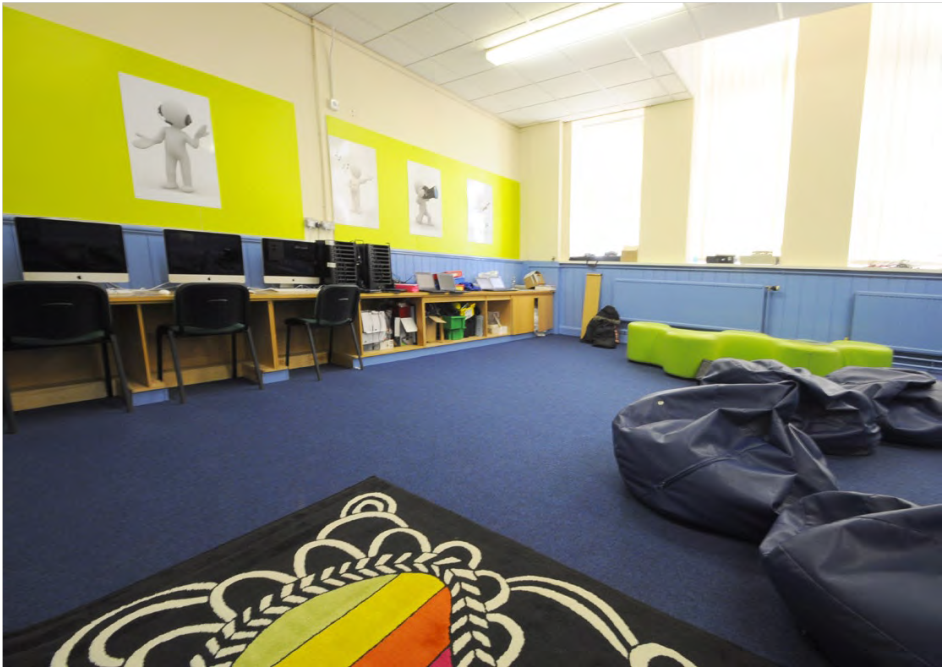
Computing has emerged as one of the most important subjects taught in schools in the 21st century – providing students with the skills and knowledge required to succeed in the computer-centric workplace.
Investment in ICT facilities has risen dramatically in recent years, with schools and colleges struggling to keep pace with the technological requirements of the subject. The environment of a computer suite is different to any other school classroom; from state-of-the-art tech to advanced security solutions, schools must invest heavily if they’re to offer a flexible and effective workspace for students of all ages and abilities to succeed in the subject.
Here, we’ll look at the facilities, services and technologies that make an effective ICT classroom.
Flexible layouts
Given the rapid evolution of computer technologies, computer suites must offer an adaptable and flexible environment for learning. As the subject has developed, teaching styles have had to adapt to emerging tech, establishing a need for flexible classroom design that offers functional space for collaborative and individual learning.
Naturally then, ICT classrooms should be spacious and uncluttered – with ample workspace for individual study. Innova Design Solutions suggest in a recent article that providing quality workstations is of vital importance, deep enough to allow both arms and wrists when typing, and spacious enough for students to easily work on their own or in pairs.